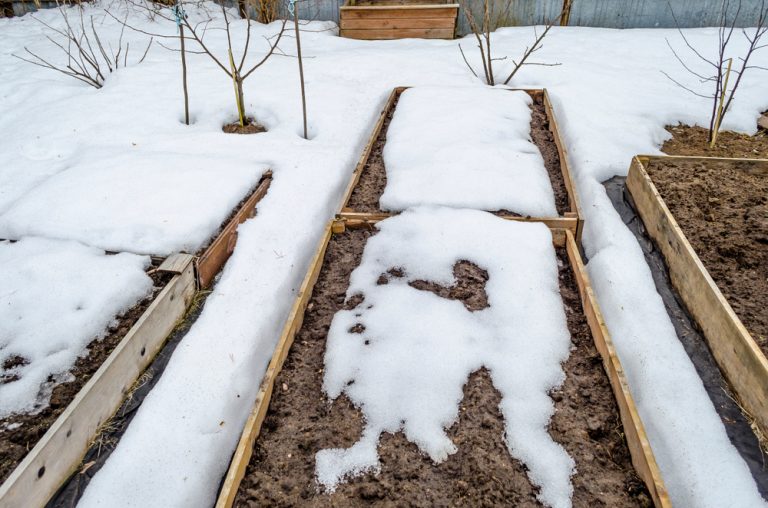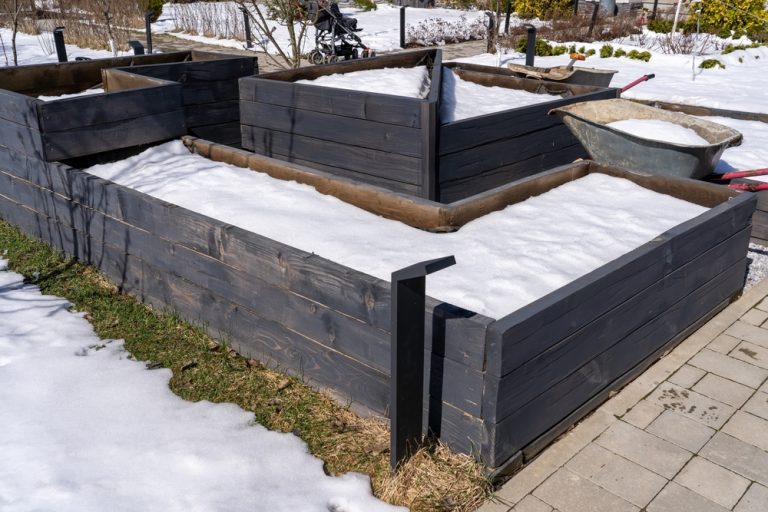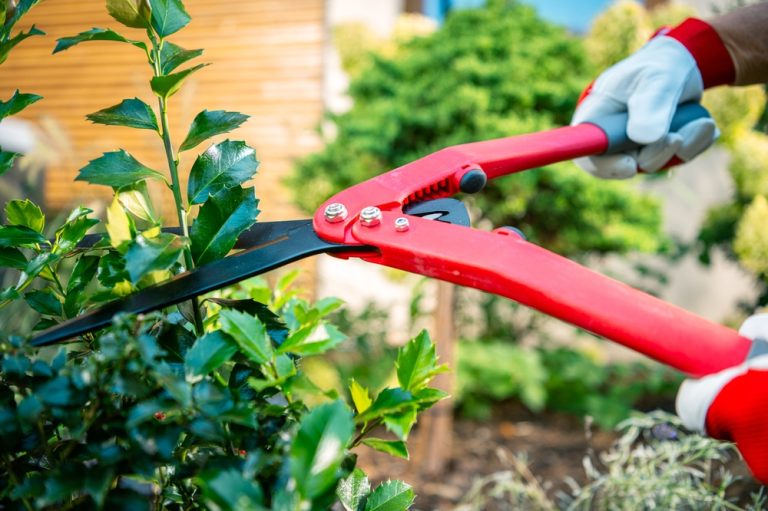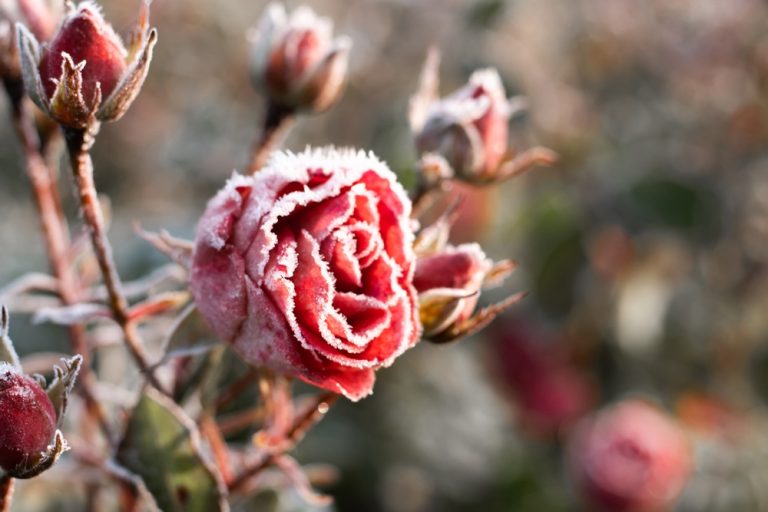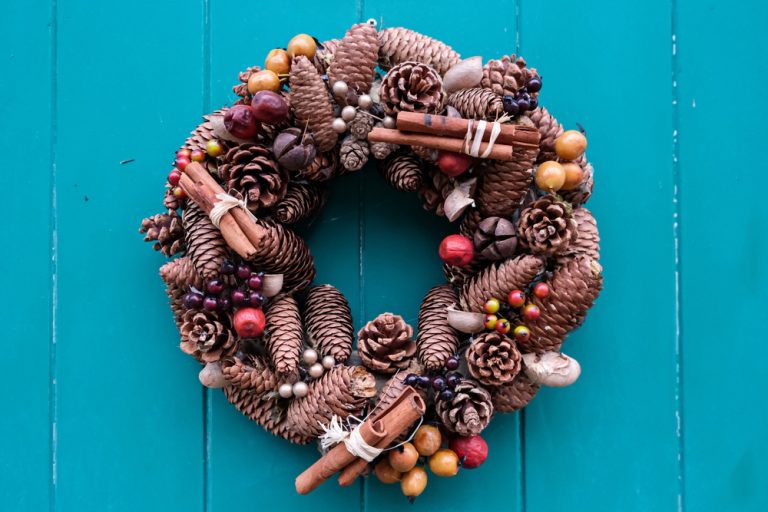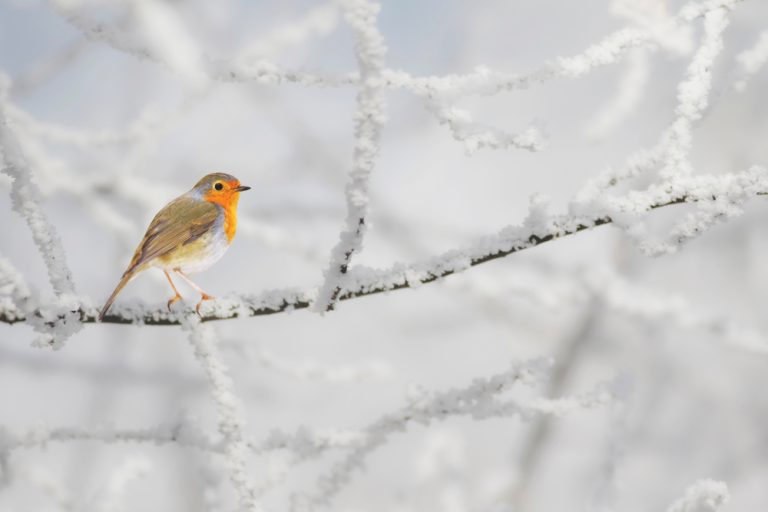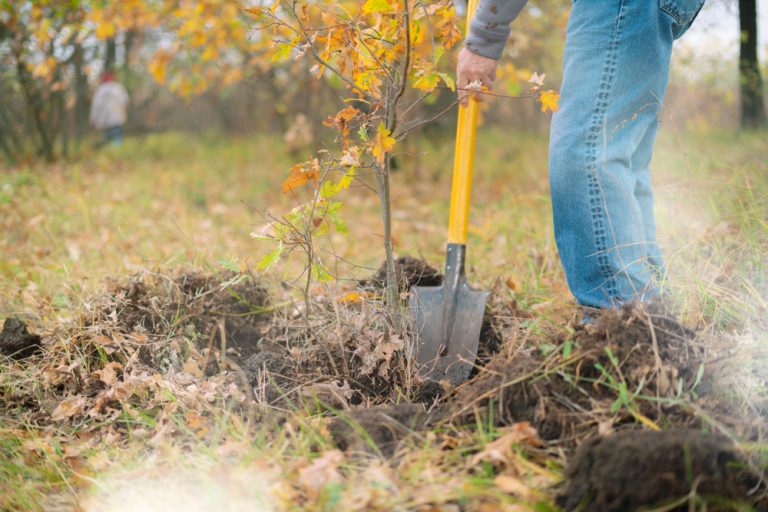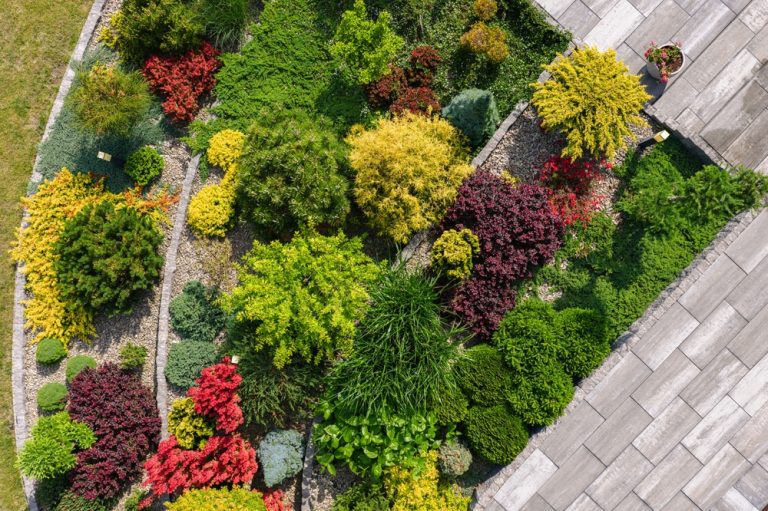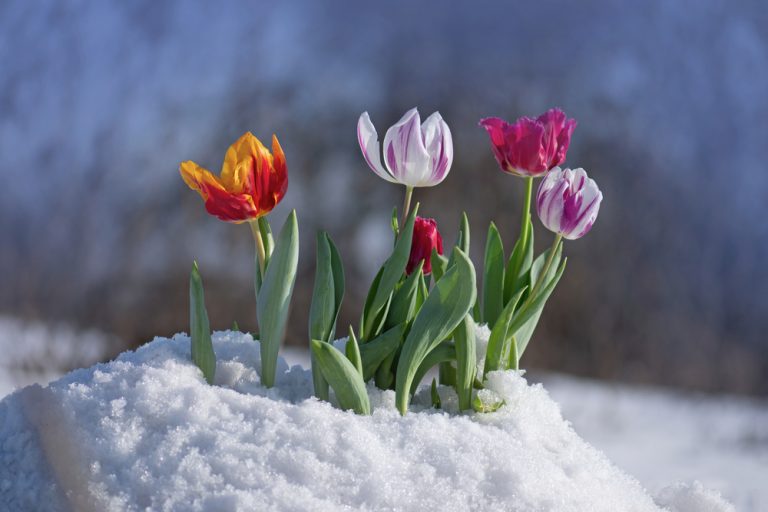A cold snap hits, the garden beds go quiet, and most people assume the soil is ready for hibernation. But winter is actually the perfect time to supercharge your soil so it wakes up in spring richer, fluffier, and more fertile than ever. With the right ingredients—leaves, compost, kitchen scraps, mulch, and a few clever…
garden tips
Why Your Raised Beds Might Be Failing in Winter
Your garden can feel like a kingdom—lush in summer, thriving in fall, and then suddenly… defeated the moment winter shows up. One day your raised beds look proud and productive; the next they resemble abandoned plots wondering what they did to deserve such treatment. Winter gardening is a whole different beast, and raised beds—despite being…
8 Garden Gifts for Plant Lovers That Actually Get Used
Garden lovers are notoriously hard to shop for. They already own the basics, they have opinions about soil like it’s fine wine, and they’re the first to gently judge you for not knowing the difference between a trowel and a transplanter. But when you find the right gift—one that’s both practical and delightful—you instantly become…
The Best Cold-Tolerant Plants That Don’t Get Enough Attention
Gardeners love the challenge of coaxing life out of stubborn soil and unpredictable weather, but winter has a way of humbling even the most enthusiastic planter. While everyone rushes to protect their beloved blooms from frosty mornings, a whole lineup of hardy, underrated plants is out here quietly surviving ice, wind, and freezing temperatures like…
10 Creative Wreath Ideas Using Garden Materials
The moment you step outside and see your garden bursting with textures, colors, and unexpected little treasures, you realize you’re sitting on a goldmine of natural décor waiting to be transformed. Wreath-making turns into a joyful adventure when the materials come straight from your own soil—wild vines, glossy leaves, quirky seed pods, and blossoms that…
Is Your Garden Wildlife-Friendly in December?
December might be the month of cozy blankets, festive lights, and hot drinks, but for wildlife, it’s a season of survival. As temperatures drop and natural food sources shrink, the creatures that flutter, scamper, and rustle through your garden are working overtime to stay warm and fed. Many homeowners assume gardening is a spring or…
How to Build a Garden Routine That Works While It’s Too Cold to Dig
Winter is here, and your garden looks more like a frozen tundra than a thriving paradise. You might feel stuck, thinking there’s nothing to do until the soil thaws and the sun returns. But the truth is, this is the perfect time to prepare, plan, and dream about the season ahead. A garden routine doesn’t…
7 Garden Layout Changes to Make During the Off-Season
The garden may look quiet and sleepy during the off-season, but that doesn’t mean your green thumb has to take a break. This is the perfect time to step back, dream big, and make changes that will set your garden up for a spectacular season ahead. While your neighbors might be hibernating from gardening, you…
11 Winter Flowering Bulbs to Plant in December
Winter can feel gray and gloomy, with bare trees and frozen lawns stretching as far as the eye can see. But what if your garden could burst with color even when the cold is at its harshest? By planting the right bulbs in December, you can create a magical winter wonderland filled with blooms that…
Why You Should Be Planting Bulbs in December, Not Spring
When most people are sipping hot cocoa, hunting for holiday deals, or wondering where they stored last year’s string lights, the last thing on their minds is planting bulbs. Yet December—the month everyone assumes is too cold, too late, too hopeless for gardening—might actually be the secret weapon of thriving spring blooms. While your neighbors…
